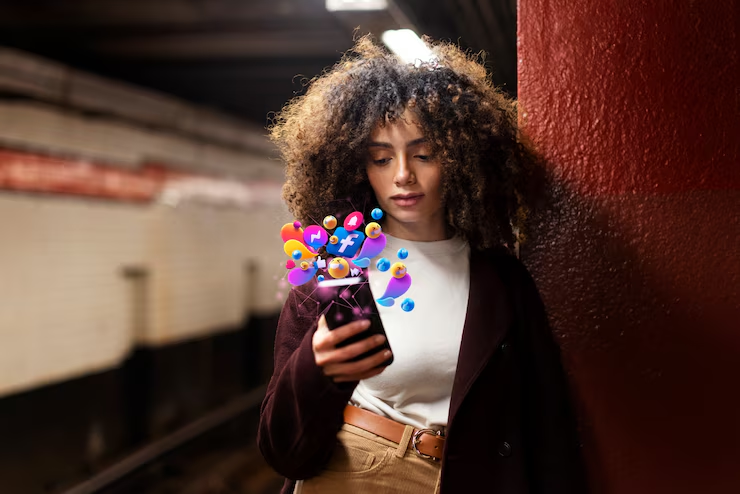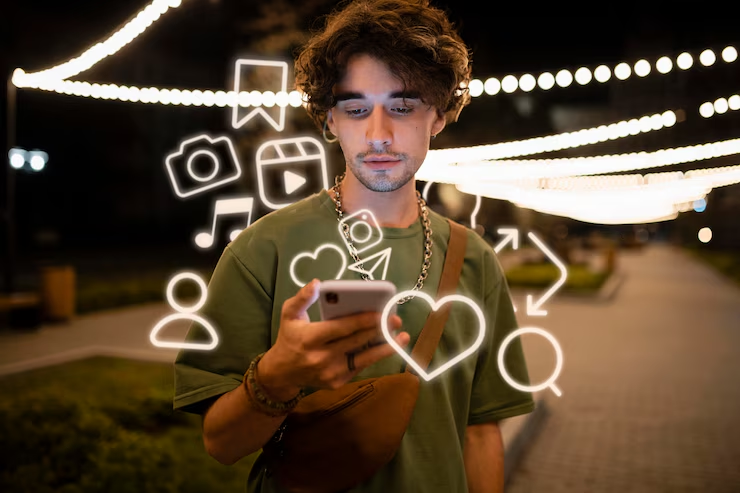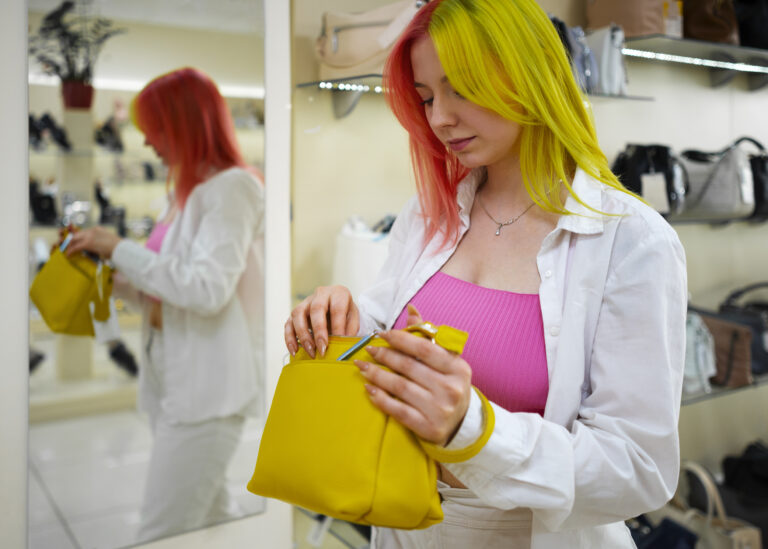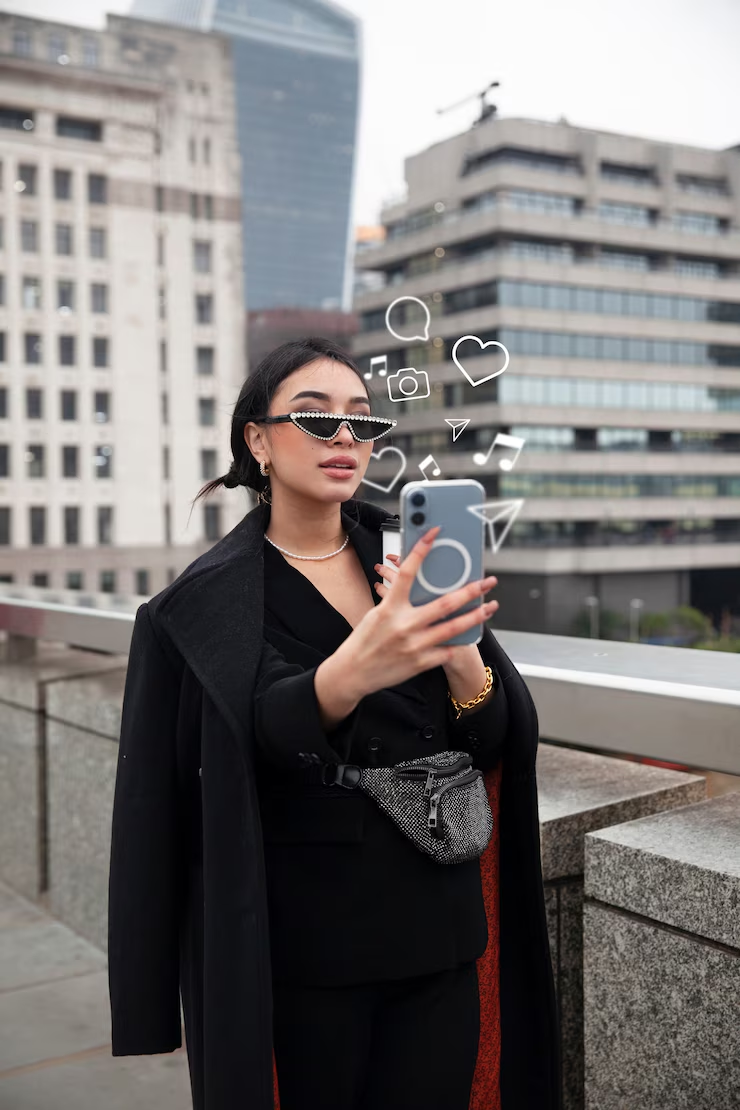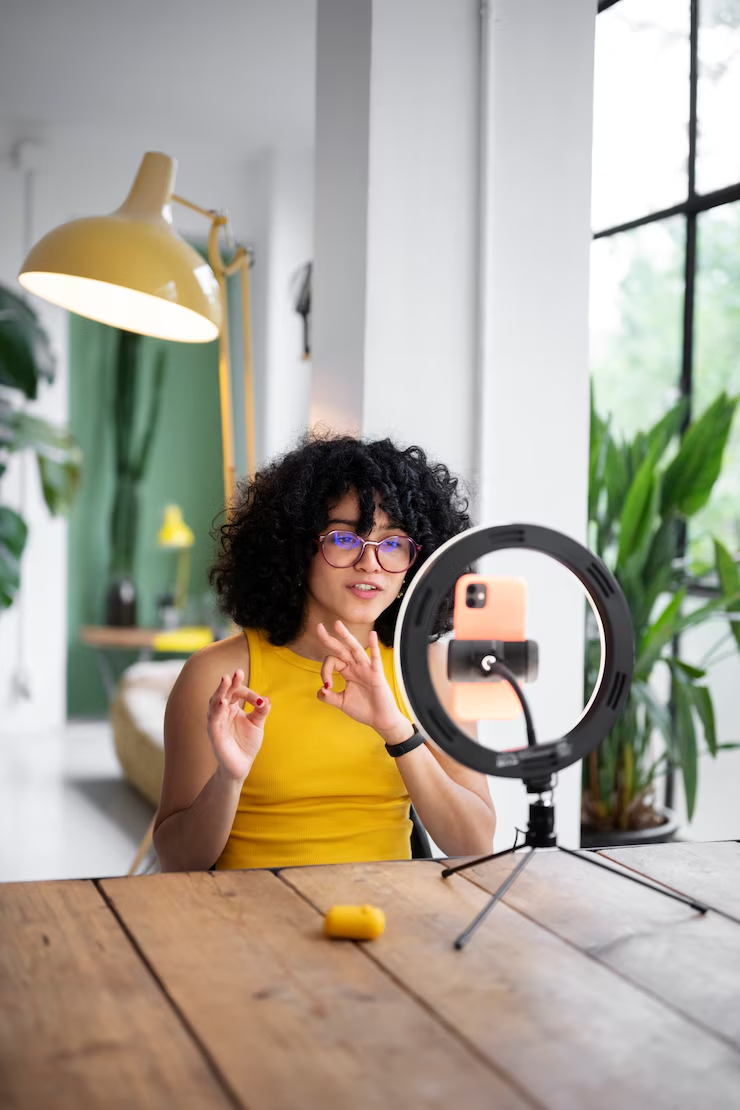Influencersgonewd: When Going Viral Crosses the Line
Introduction
Influencersgonewd is a growing trend where online creators push personal, emotional, or explicit boundaries to stay visible in an oversaturated digital world. It reflects how today’s influencers feel pressured to reveal more, risk more, and sometimes lose themselves for engagement. But behind the headlines is a deeper question: how do we support creators while protecting their well-being and the integrity of content online?
This guide unpacks the phenomenon. Why it’s happening, who’s involved, the consequences, and how we can all help shape a healthier online culture.
What Is InfluencersGoneWD?
InfluencersGoneWD is a rising online conversation around the moments when digital creators especially influencers cross personal, ethical, or societal boundaries in pursuit of clicks, clout, and currency. The term blends “influencer” with an edgy shorthand for “wild disclosure,” capturing a movement that spotlights oversharing, shock marketing, and the collapse of online-private boundaries.
Whether it’s emotional outbursts, risqué content, or full-on public meltdowns influencersgonewd is not just about the nudity of the body, but of the ego, ethics, and identity in public view.
The Rise of Oversharing: A Digital Culture Shift
Once, influencers thrived by being relatable and aspirational. But as algorithms increasingly reward attention at all costs, more creators are leaning into extreme visibility personal breakdowns, explicit content, public feuds, and deeply revealing “story times.”
What used to be rare or accidental now feels like a strategy.
According to a 2024 Pew study, 62% of Gen Z say they’ve “seen influencers go too far for content” in the past year.
From Curated Feeds to Chaos: How We Got Here
The Influencer Economy Boom
By 2027, influencer marketing is projected to become a $47+ billion industry, reflecting its explosive growth and commercial power. With that comes pressure to scale, stay relevant, and monetize every moment.
Early influencers posted beauty tips or travel diaries. Today, top creators broadcast:
- Therapy sessions
- Sexual confessions
- Feuds with family
- OnlyFans launches
- Live panic attacks
It’s raw. It’s unfiltered. It is profitable. But at what cost?
Key Examples of InfluencersGoneWD Moments
1. Bonnie Blue’s “Intimacy Mass Meetup”
This British adult content creator went viral proposing a real-life event involving thousands of fans. It triggered platform bans and fierce public backlash, sparking debate around performative promiscuity for clout.
2. The Rise of Micro-Scandals
TikTokers faking breakups, lying about health scares, or stirring up drama to spike views — all under the assumption that emotion = engagement.
3. Unfiltered Confession Culture
From YouTube apology videos to TikTok “trauma dumping,” creators now openly share abuse, addiction, or deep personal pain. While sometimes healing, it also becomes commodified vulnerability.
Why Are Influencers Going “WD”?
To understand this shift, we need to explore the emotional pressures and system-level incentives pushing influencers toward the edge:
- Algorithmic Reward Loops: Platforms reward spikes in engagement, often triggered by shock, controversy, or vulnerability.
- Parasocial Pressure: Audiences crave “realness,” but that can drive influencers to overshare intimate moments to maintain loyalty.
- Economic Need: Platforms like OnlyFans, Fanvue, and Patreon have turned body and boundary into monetizable assets.
- Fame Fatigue: Constant relevance requires constant reinvention and sometimes, that reinvention crosses lines.
Is This Empowerment or Exploitation?
It depends.
For some, influencersgonewd represents freedom. The power to express sexuality, pain, or truth without censorship.
But for others, it exposes how the attention economy exploits emotional labor, especially among marginalized creators.
“Performing our most intimate selves online is not empowerment if it’s coerced by algorithms.”
— Dr. Imani Carter, Digital Culture Researcher
The Role of Audiences in Fueling the Trend
Audiences are not passive.
We:
- Click
- Comment
- Share
- Subscribe
- Reward chaos
This creates a loop: the more outrageous the behavior, the more reward, until the crash. Cancel culture then swoops in, creating a cycle of build, break, and burn.
Platforms Are Complicit — Or Confused
From TikTok to Instagram, platforms waffle between punishing creators for “community violations” and quietly rewarding viral outrage with reach.
Some platforms are:
- Introducing adult content filters
- Demonetizing extreme behavior
- Rolling out AI moderation tools
But creators say enforcement is inconsistent, often biased, and fails to account for mental health.
Challenges Creators Face in This Climate
- Burnout: Oversharing takes a toll. Studies link high posting frequency and intimate content with higher rates of depression.
- Blurred Boundaries: Many creators lose track of what should stay private.
- Exploitation Risks: Managers and agencies sometimes encourage risky behavior for short-term gain.
- Content Addiction: The constant performance can become a compulsion, not a choice.
What’s the Way Forward?
Creators:
- Set boundaries early
- Diversify revenue beyond trauma content or NSFW posts
- Get support: therapy, creator communities, ethical management
Audiences:
- Consume consciously
- Support long-term creators, not just viral moments
- Respect privacy and mental health boundaries
Platforms:
- Improve moderation consistency
- Provide real mental health resources
- Elevate non-exploitative content
FAQ: Common Questions Around InfluencersGoneWD
Does this only apply to adult content creators?
No. While NSFW content is one facet, the trend spans creators in beauty, fitness, gaming, and even wellness, as personal life becomes public narrative.
Is it okay to monetize vulnerability?
It can be, but the intent, context, and consent matter deeply.
Will this trend fade?
Likely not. But audience maturity and evolving platform policies may help refine the boundaries of what’s shared and what’s protected.
Conclusion: The Price of Going Too Far
At its heart, influencersgonewd is not about nudity. It’s about exposure. Exposure of body, brand, burnout, and brokenness. All for metrics that vanish as fast as they spike.
The question isn’t why creators do it.
The question is: Can we build a digital culture where they don’t have to?
Because beyond the shares and scandals are real humans and their wellbeing matters more than our entertainment.
Let’s shift the algorithm. One thoughtful view at a time.

